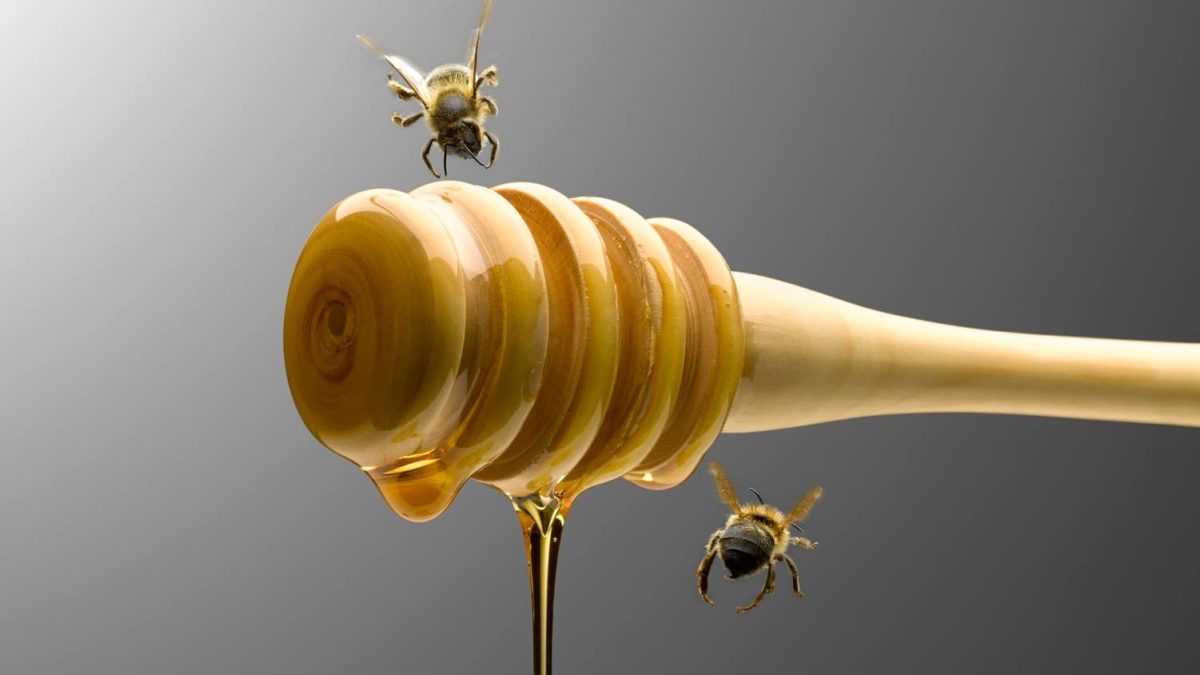You might have noticed recent downward pressure on equity markets. One step further, you may have picked up on the downright obliteration of many riskier growth shares, such as the technology sector.
The S&P/ASX All Technology Index (ASX: XTX) has fallen over 13% in the last month. No doubt interest is increasing in the classic Ben Graham/Warren Buffett 'value investing' approach.
Due to bond yields rising (which if you're interested in that – have a look at this article), the market is beginning to make the cyclical shift into value. The reason partly being high risk just isn't as appealing in a high-interest rate environment.
A word of warning – This is often when investors give up potential high growth investments for wealth eroding value traps.
What is a value trap?
Have you ever come across a company that has a ridiculously low price-to-earnings (P/E) ratio and a juicy high yield dividend? The share price has retreated, and it looks like it's prime for an entry point. It all seems too good to be true, right?
Well, you know what they say – if it seems too good to be true, it probably is.
Not every 'cheap' share with a high yield will be a dud, but I'm not afraid to admit that I've succumbed to this trap. In one case I'm still expecting a turnaround, but in the other, I'm considering cutting my losses.
So, in order for me to help you have the best shot avoiding making the same mistakes when 'value investing' – I'll run through a handful of past value traps. From there, I'll explain my approach towards value in this market.
Past performance of some value traps
Now, this is by no means stating the following shares are poor investments looking forward. As always, past performance is not an indicator of future performance. However, these shares are fairly good examples of what a value trap can look like and how it can turn out.
Vita Group Limited (ASX: VTG) operates 104 Telstra retail stores. Not exactly a huge growth avenue, but it could be considered a fairly steady business.
Three years ago, Vita had a P/E of roughly 7. At that time, the company was also offering a dividend yield of 11.7%. Now that sounds phenomenal, doesn't it? A cheap steady business, with a hefty dividend. Well, three years later, shareholders have lost 27.5% even when including dividends.
To put salt in the wound – Vita is now expected to lose its biggest revenue stream, as Telstra shifts to a full ownership model.
Another example is Abacus Property Group (ASX: ABP). This is a diversified Australian real estate investment trust (REIT). They own Storage King storage assets, along with 24 office space assets.
Glancing into the past, three years ago it was trading on a reasonable earnings multiple of 13. Meanwhile, the dividend yield was at an attractive 5.2%. Considering the high returns on offer for the fairly stable business – you'd be forgiven for wanting in.
However, at present, the shareholder returns for the past three years have been a loss of 6.7% including dividends.
Striking a balance when investing in value
The point being of this article is not to say don't invest in 'value' plays. Instead, it's to emphasise that value without growth is just expensive in disguise.
The takeaway is to not jump blindly into an investment based on metrics that change at the drop of a hat. Ensure that the business still has a plan for improving and expanding into the future.
Matured companies can make fantastic investments, but a business cannot rest on its laurels. Sure, earnings might be steady now, but without the ambition to improve those earnings will be diminished by competition.
Lastly, earnings multiples can be extremely deceiving. Once upon a time in 2015, Amazon.com Inc (NASDAQ: AMZN) had an earnings multiple of 720. At the time the share price was US$512. At present, Amazon's share price is US$2978 with a P/E of 71.
My thinking is to focus on where the company could be 3, 5, even 10 years from now based on what it does, more so than what it's valued at now. Value traps tend to disappear when thinking in broader terms like that.









